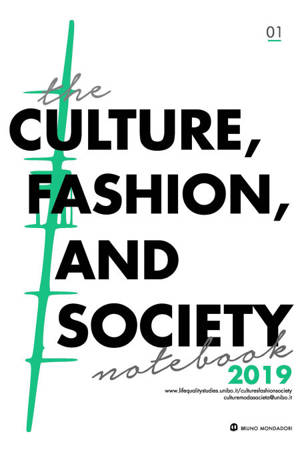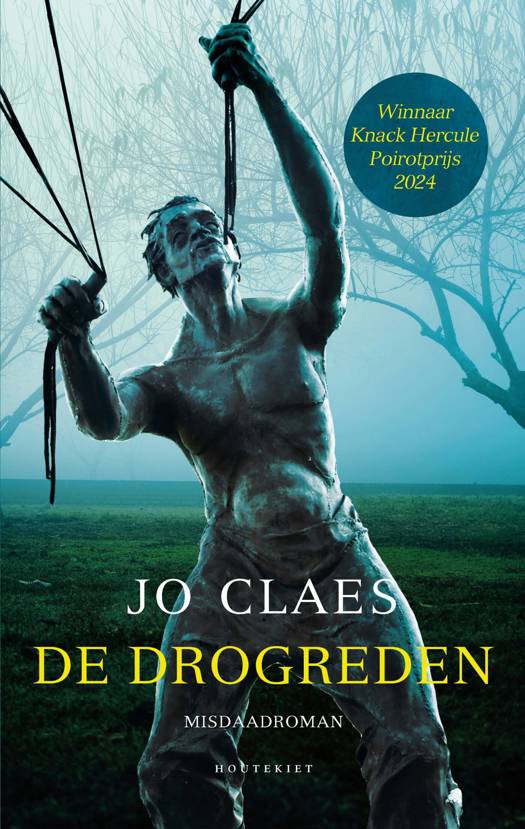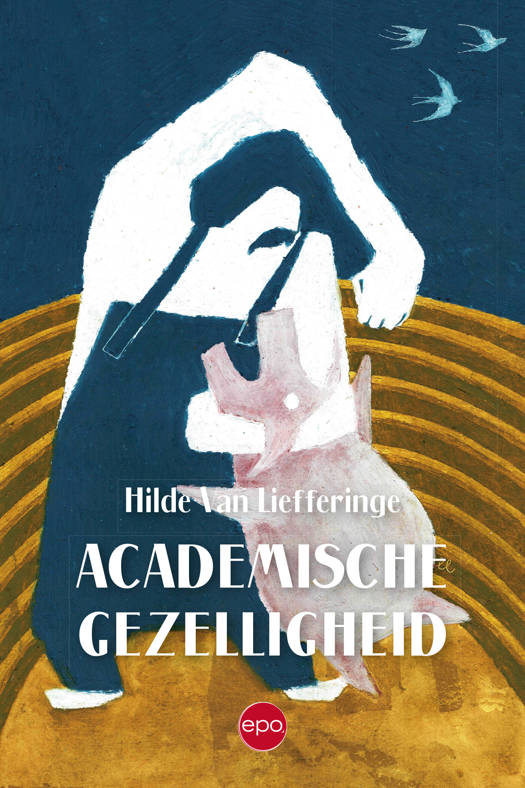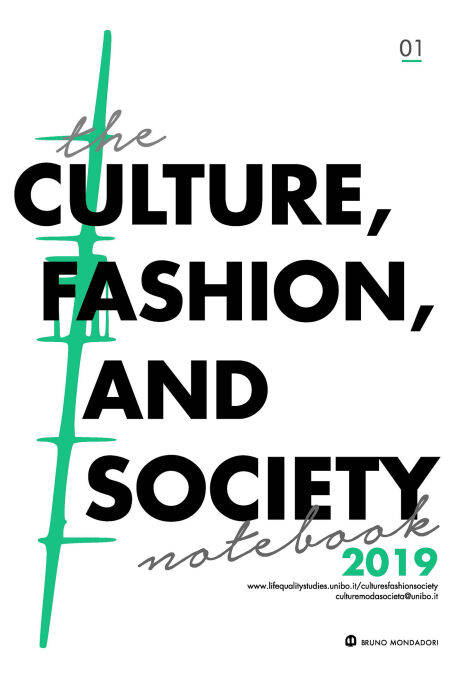
- Afhalen na 1 uur in een winkel met voorraad
- Gratis thuislevering in België vanaf € 30
- Ruim aanbod met 7 miljoen producten
- Afhalen na 1 uur in een winkel met voorraad
- Gratis thuislevering in België vanaf € 30
- Ruim aanbod met 7 miljoen producten
Zoeken
Clementina Hawarden and Claude Cahun. Photography and the Political Body of Women E-BOOK
Federica Muzzarelli
E-book | Engels
€ 2,99
+ 2 punten
Omschrijving
This paper analyses the work of two women photographers, Claude Cahun and Clementina Hawarden, as the two most original and intense figures that represent the relationship between women and photography from its 19th-century invention to the Second World War. That said, and beyond their having been women with artistic ambitions and photographers without the success they deserved in life, their way of using photography has evident consonances and very interesting theoretical correspondences. For both, photography is something very different from a tool suitable for creating beautiful images
that were correct and precise from a visual and compositional point of view. For both photography is a tool for establishing a policy on women's bodies. For Clementina Hawarden it meant attributing to photography the power to satisfy – through the bodies of her daughters – her anxiousness for freedom, transgression and erotic experience beyond the conformity and restrictions of Victorian morality. For Claude Cahun, on the other hand, photography was a means to use her own body to constantly verify her rejection of a fixed, eternal gender identity.
that were correct and precise from a visual and compositional point of view. For both photography is a tool for establishing a policy on women's bodies. For Clementina Hawarden it meant attributing to photography the power to satisfy – through the bodies of her daughters – her anxiousness for freedom, transgression and erotic experience beyond the conformity and restrictions of Victorian morality. For Claude Cahun, on the other hand, photography was a means to use her own body to constantly verify her rejection of a fixed, eternal gender identity.
Specificaties
Betrokkenen
- Auteur(s):
- Uitgeverij:
Inhoud
- Aantal bladzijden:
- 100
- Taal:
- Engels
Eigenschappen
- Productcode (EAN):
- 9788867743391
- Verschijningsdatum:
- 22/12/2019
- Uitvoering:
- E-book
- Beveiligd met:
- Digital watermarking
- Formaat:

Alleen bij Standaard Boekhandel
+ 2 punten op je klantenkaart van Standaard Boekhandel
Beoordelingen
We publiceren alleen reviews die voldoen aan de voorwaarden voor reviews. Bekijk onze voorwaarden voor reviews.











